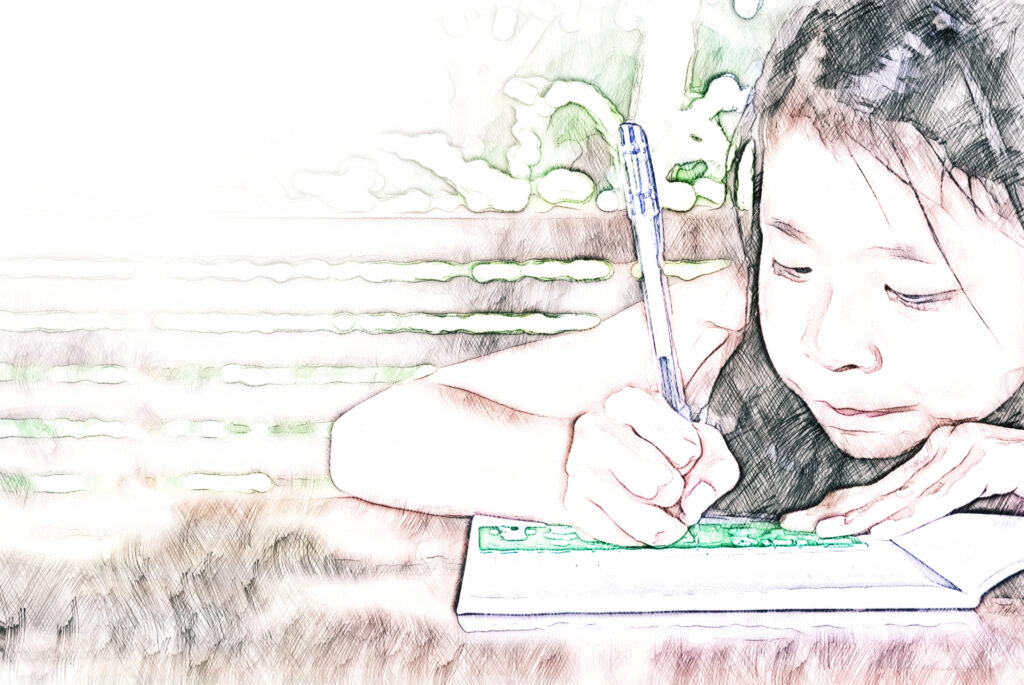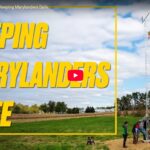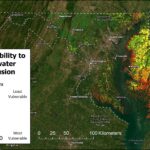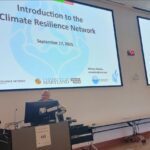What comes to mind when you hear the term “science literacy?” I’m sure there are certain skills and/or characteristics you think of when you think about someone being science literate. I’m here to make the argument that there is no “science literacy,” because it’s just literacy.
We describe literacy as one’s ability to read, write, listen, and speak. It’s how someone communicates with others and interacts with the world around them. This doesn’t change in art, physical education, science, or any other context. One critical part of doing science is communicating with our peers, so it’s good practice to reinforce writing skills with your students. In the real world, scientists share the results of their studies with their community. Their work gets evaluated by other scientists before it gets published. Good, clear, and inclusive communication is a vital part of science (by the way, say this to your students. Say it often!)
Teaching writing in science also aids in students’ language development. Students (all students, but especially multilingual learners) learn to organize and refine their ideas; how to defend an argument with evidence; and improve their decoding and comprehension skills. When you provide opportunities for students to write, they create artifacts they can revisit later for review or to evaluate their own growth.
Teaching writing in science
There are many different formats science teachers use to teach writing, but I will focus on the Claim-Evidence-Reasoning (CER). Students are often introduced to CER writing in elementary or middle school, but I think this format can be beneficial for older students as well. During my last few years in the classroom, I taught a lesson about CERs early in the school year. I’ve used CERs as pre- and post-assessments and as lab reports. Before they wrote their first CER in my class, I had my sixth-graders take notes on each part of the CER, identify the claim, evidence and reasoning in a sample paragraph, and construct or complete a CER with a partner or small group. The claim and evidence are fairly straightforward.
- Claim: answers the question.
- Evidence: data, observations or research that supports the claim
Reasoning is challenging to learn because it’s challenging to teach! When you look up “cer for middle school,” you’ll see the reasoning described as “the scientific principle/rule that connects the evidence to the claim.” That may sound straightforward to you or me. But, what if one of your kids asks, “What does that mean?” That question used to scare me because I wasn’t sure how to break it down anymore than that. I’ve tried explaining the reasoning like so:
- It’s the reason the evidence supports the claim.
- It’s the scientific rule that explains the evidence.
The most helpful explanation was
- It’s the scientific fact(s) that explain what you observed/measured. (I don’t prefer the word “facts” here, but for my sixth-graders it was the simplest way to explain the expectation for reasoning.)
It’s helpful to show the students examples of effective and ineffective CERs.
Rubrics are your friends here. The rubric tells the student exactly what they need in their paragraph and helps the teacher grade faster and more consistently. I’ll discuss rubrics more a little later.
If you have struggling readers/writers in your classroom, graphic organizers are great tools for them to complete your writing assignment successfully. On the graphic organizer, you can add guiding questions and sentence starters for each component. Students don’t necessarily have to answer all of the guiding questions, but they can use them to know what information is required for the claim, evidence and reasoning. Sentence starters are good tools for any student who struggles with blank page syndrome.
Using writing as an assessment tool in science
Although I used CERs extensively in the classroom, sometimes I wanted to give students an opportunity to express themselves, in writing, in more creative ways. Although these sometimes took longer to grade than a quiz or test, I always felt it was worth it. So many of our kids are amazing artists, poets, storytellers and public speakers. I’ve had students do activities like
- Write a children’s book that explains energy transformations that occur during a normal day at school.
- Write a comic strip about a rock traveling around the rock cycle.
- Make a one-pager about eclipses and phases of the moon.
I have also assigned projects that allowed the students to choose what type of product they want to create to show what they know. Assigning creative assessments gives them a chance to use their interests and skills to demonstrate their understanding of a topic that many find challenging.






